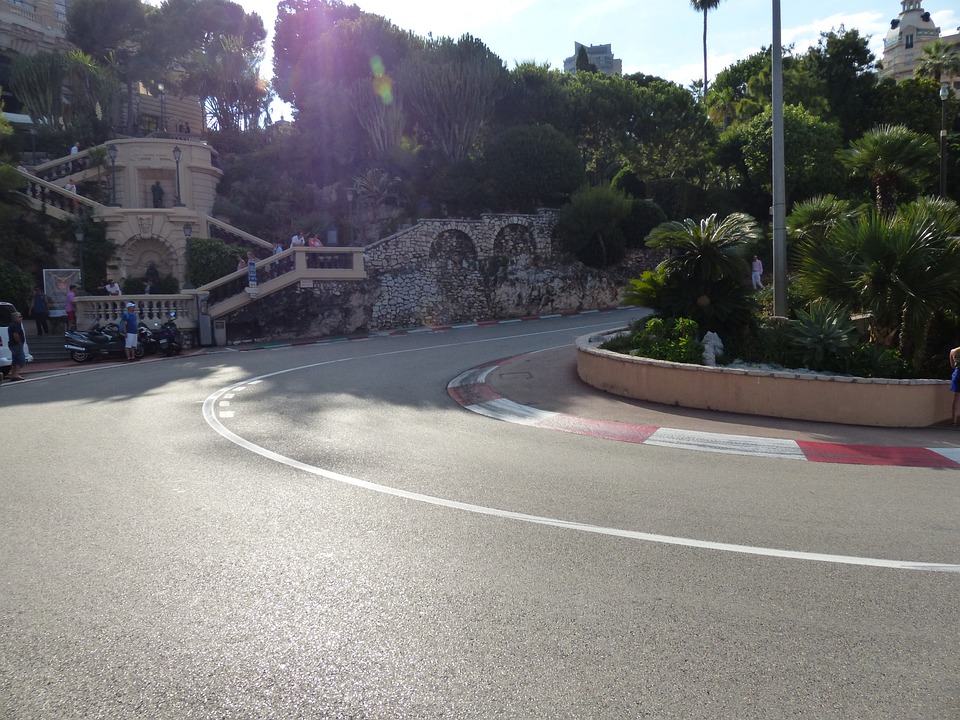In the captivating realm of Formula 1 racing, few circuits can match the allure of the Monaco Grand Prix. Its mystique stands unparalleled. The streets of Monaco lie nestled on the picturesque French Riviera. They host one of the most prestigious races on the F1 calendar. We delve into the history of Monaco and discuss the transformation into a legendary showcase of glamour, skill and adrenaline.
Origins and Early Days
The story of Monaco’s association with motorsport dates back to the early 20th century. In 1929, Antony Noghès, president of the Monegasque Motor Club, envisioned an ambitious race through the streets of Monte Carlo. The inaugural Monaco Grand Prix was held in 1929, with William Grover-Williams emerging as the victor. The narrow, winding roads were bordered by glamorous buildings. The Mediterranean Sea added to the scenic route. These elements laid the foundation for what became an iconic racing spectacle.
Monaco’s street circuit is as legendary as the race itself. Its unique layout challenges drivers with its tight corners, unforgiving barriers, and limited overtaking opportunities. The famous Casino Square presents a demanding start. The tight Mirabeau Hairpin requires precision. The treacherous Swimming Pool section tests control. Finally, the iconic tunnel completes the challenging course. This course tests both driver skill and machine precision. The circuit’s unforgiving nature rewards bravery and punishes the slightest mistake. Making every lap a thrilling spectacle for drivers and spectators alike.
Legendary Moments and Iconic Winners
Over the years, the Monaco Grand Prix has been a stage for countless historic moments and legendary drivers. Ayrton Senna dominated, claiming a record six victories between 1987 and 1993. Intense rivalries were observed in Monaco, like the fierce battles between Alain Prost and Senna. Other iconic winners include Graham Hill, who won the race a record five times. Legendary driver, Michael Schumacher, who showcased his mastery of the circuit with an impressive five victories.
Beyond its sporting significance, the Monaco Grand Prix has become synonymous with opulence, luxury, and high society. The race weekend transforms the Principality into a playground for the rich and famous. Celebrities and socialites fill the area, and yacht-filled harbors create an unmatched atmosphere. The race hosts lavish parties. Fashion shows are a key feature. It has become an integral part of the glamorous Monaco social calendar and captures the imagination of the world.
Evolution and Challenges
The core layout of the circuit remains largely unchanged. However, Monaco has undergone various alterations over the years. These changes improve safety and accommodate the ever-advancing demands of the sport. Extra run-off areas have been added. The Nouvelle Chicane was implemented. Modifications to the pit facilities have also been made. These are just a few examples of the ongoing efforts to balance tradition with modern requirements. These efforts are made while retaining the circuit’s unique character.
The Monaco Grand Prix stands as a timeless testament to the magic and allure of Formula 1 racing. Monaco F1 started as a vision of a passionate motorsport enthusiast. Now, it has reached legendary status. It embodies the essence of glamour, skill, and tradition. The streets of Monte Carlo reverberate with the roar of engines. Cheers of devoted fans also fill the air. The Monaco Grand Prix is a symbol of automotive excellence. It remains an everlasting jewel in the crown of Formula 1.
Listen to our podcast available on all major platforms.

